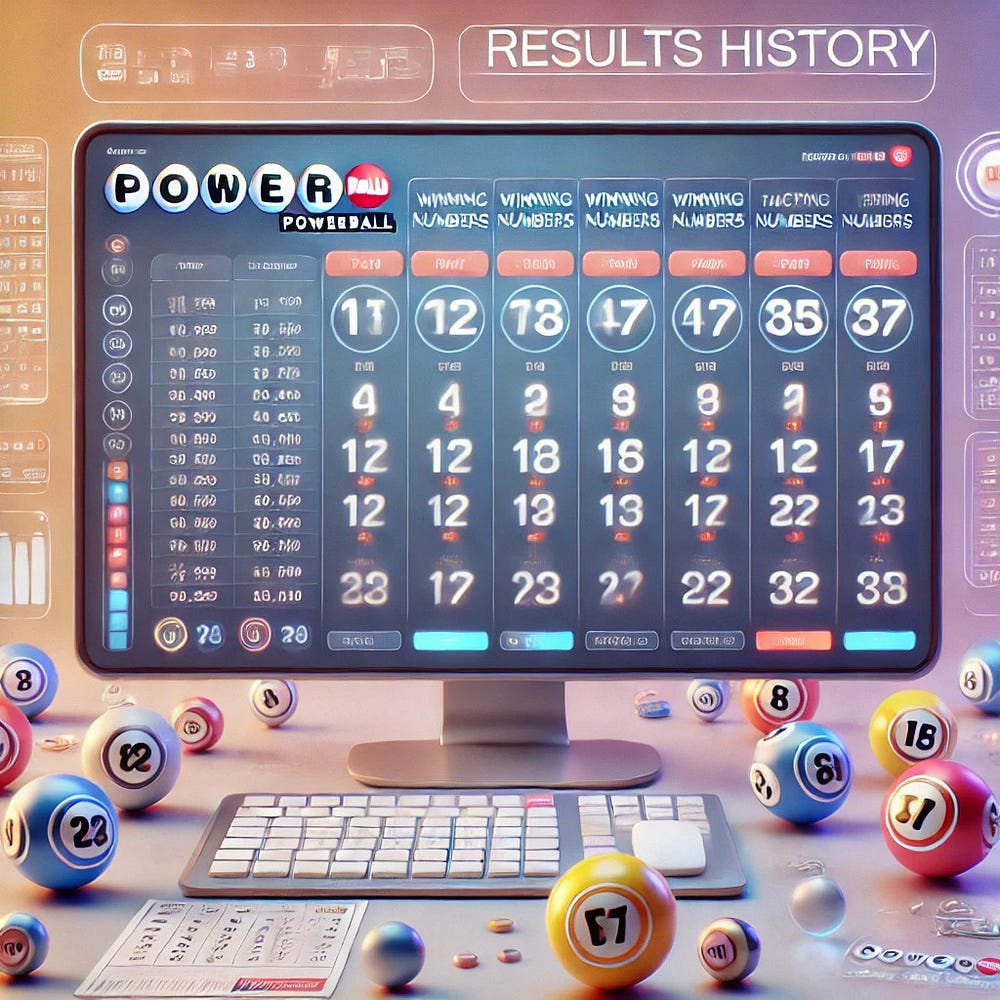Powerball Results History and Why It Matters
Powerball results history isn’t just a collection of numbers; it’s a record of dreams, strategies, and statistical curiosities. For many, it offers a glimpse into the odds of winning and provides valuable insights into number trends. Understanding this history can help lottery enthusiasts refine their approach, whether it’s for casual play or more serious number-crunching.
Looking back, we see how the lottery landscape has evolved — from its humble beginnings to the massive jackpots that spark nationwide excitement. This history isn’t just for statisticians; it’s for anyone who’s ever wondered, “Is there a better way to pick my numbers?”

The First Powerball Draw and Its Historical Significance
The inaugural Powerball draw took place on April 19, 1992. It was a monumental moment, marking the beginning of what would become one of the world’s most famous lotteries. At the time, the odds of winning were different, the jackpots smaller, and the audience limited to participating states.
This first draw laid the foundation for what Powerball would become: a game synonymous with life-changing winnings. Over the years, its structure has shifted to increase the prize pools and extend its reach, making it a cultural phenomenon.
Understanding Patterns in Powerball Numbers
Patterns in Powerball results are a hot topic. While every draw is random, historical data reveals trends that some players swear by. For instance, certain numbers appear more frequently than others, and some combinations are rarely drawn.
By studying these patterns, players hope to crack the code — or at least feel more confident in their picks. Though luck remains the key factor, recognizing these trends can make the game even more engaging.
Record-Breaking Jackpots and Their Winning Numbers
Who can forget the $1.586 billion jackpot from January 2016? It was a history-making moment that set a global precedent. The winning numbers — 4, 8, 19, 27, 34, and Powerball 10 — became legendary overnight.
Over time, the biggest jackpots have produced some of the most interesting number combinations. These draws capture the imagination, showing what’s possible when luck meets astronomical odds.
How Powerball Trends Have Evolved Over Decades
In its early years, Powerball operated differently, with fewer numbers to choose from and simpler structures. Over the decades, rule changes have made the game more challenging but increased the potential rewards.
These changes have affected trends. For instance, the addition of more numbers expanded the pool, reducing the frequency of certain digits. It’s a fascinating evolution that demonstrates the game’s adaptability to public demand.
The Most Frequently Drawn Powerball Numbers
Historical data reveals that some numbers seem to have luck on their side. Numbers like 26, 41, and 16 have appeared more often than others in winning combinations. This has led many players to rely on these “hot” numbers when selecting their tickets.
While there’s no guarantee that these frequently drawn numbers will reappear, they add an extra layer of excitement for those who follow Powerball trends.
The Rarest Numbers in Powerball Results History
On the flip side, some numbers seem to shy away from the spotlight. Numbers like 65 and 60 are among the least drawn in Powerball history. Players who love rooting for underdogs sometimes choose these rare numbers, hoping they’re due for a win.
While randomness governs every draw, tracking the rarest numbers adds a sense of strategy and intrigue to the game.
Analyzing the Odds: What History Tells Us
The odds of winning Powerball’s jackpot are famously steep — 1 in 292.2 million. But historical results can help demystify these odds. By examining past data, we gain insights into how often smaller prizes are won and which number combinations seem to hold up over time.
Understanding the odds doesn’t necessarily improve your chances, but it does provide clarity, making the game feel less like a shot in the dark and more like a calculated risk.
How Historical Data Can Help in Picking Numbers
Many players turn to historical Powerball data to craft their number-picking strategies. Some rely on hot and cold number trends, while others study draw frequency. Whether you’re into detailed spreadsheets or just curious, there’s value in looking back before picking your next set of numbers.
This approach doesn’t guarantee a win, but it can make playing Powerball feel more intentional — and fun!
Why Keeping Track of Powerball History Is a Game-Changer
Tracking Powerball results history is about more than nostalgia or trivia. It’s a tool for understanding trends, honing strategies, and deepening your appreciation of the game. Whether you’re a casual player or a committed enthusiast, knowing the history adds depth to every ticket you buy.
Staying informed about past results also helps manage expectations. It’s a reminder of the odds while keeping the thrill of possibility alive.